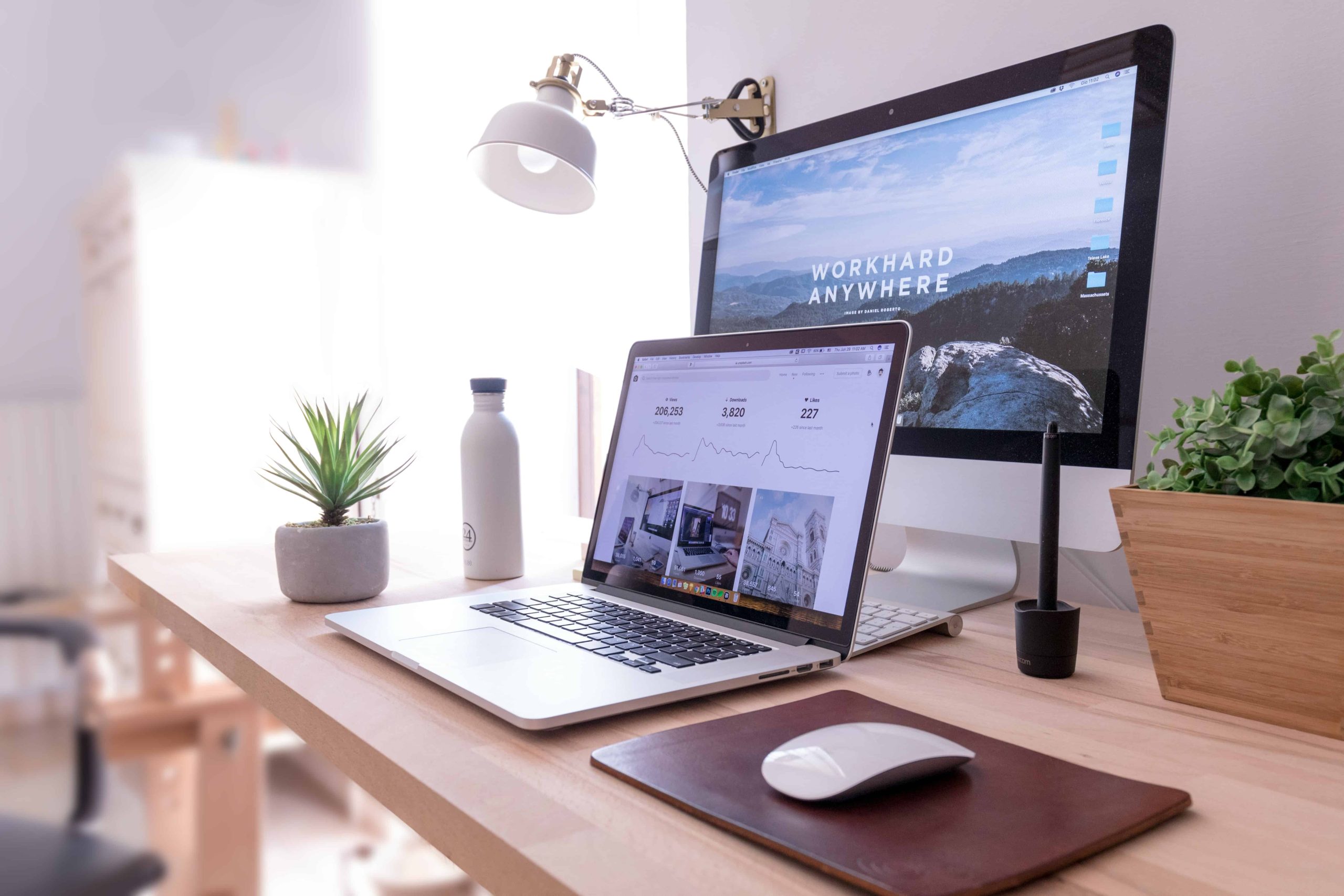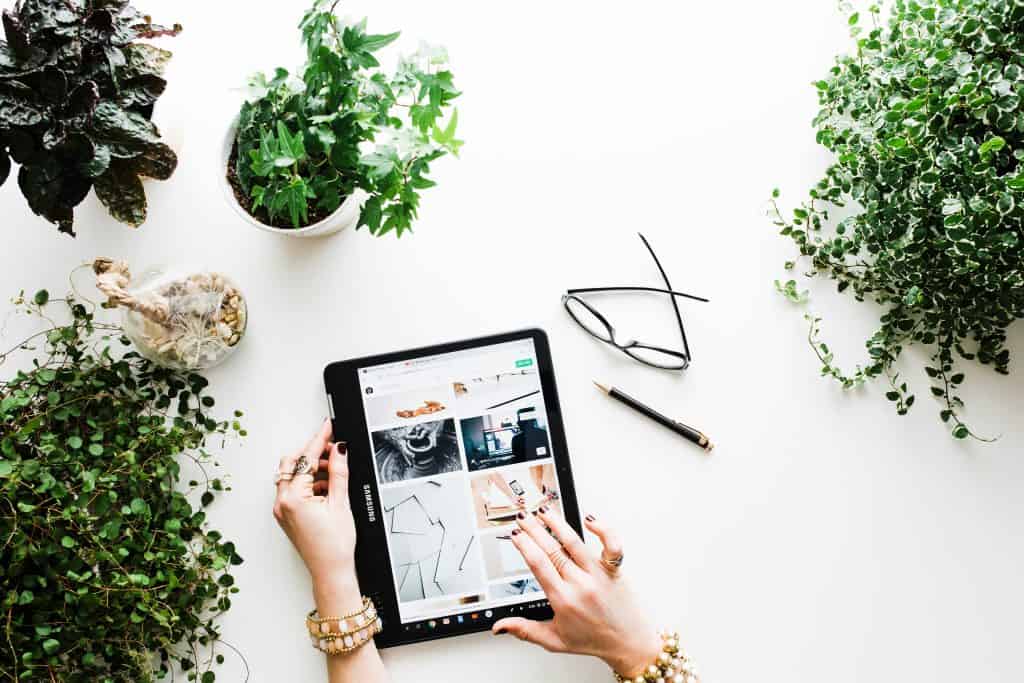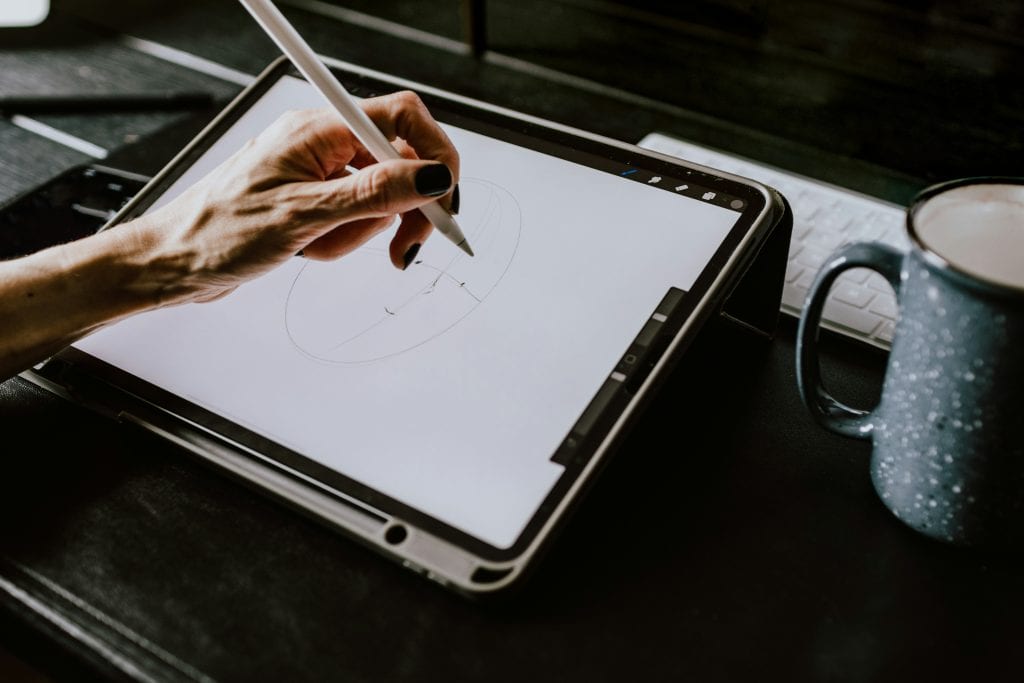
25 Mar Virtual Platforms for Global Art Interaction
The art world has undergone a transformative shift, marked by a notable surge in the embrace of virtual platforms. These digital arenas have revolutionized the way artists and enthusiasts interact, breaking free from the constraints of physical spaces and geographical boundaries. With the advent of these platforms, artists now have unprecedented opportunities to exhibit their creations to a vast and diverse global audience, transcending the limitations of traditional gallery settings. Moreover, virtual platforms serve as dynamic hubs for fostering vibrant artistic communities, where individuals can engage in enriching dialogues, share insights, and collaborate on innovative projects. This paradigm shift not only democratizes access to art but also redefines the very essence of artistic expression in the digital age. As technology continues to evolve, the potential for virtual platforms to shape and redefine the art world remains limitless, promising to inspire creativity and foster connections across continents and cultures.
Types of Virtual Platforms

Photo by Brooke Lark
Social Media Platforms
Social media platforms such as Instagram and X formerly known as Twitter have emerged as powerful tools for artists to showcase their creations and connect with a worldwide audience. These platforms offer unparalleled reach and accessibility, allowing artists to share their work instantaneously and garner feedback from diverse perspectives. However, they also come with limitations, including restricted space for in-depth discussions and the potential for algorithm-driven bias in content visibility.
Online Communities and Forums
Platforms like DeviantArt and Reddit provide dedicated spaces for artists to share their work, receive constructive feedback, and engage in vibrant discussions. The sense of community fostered within these platforms cultivates a supportive environment for artists to thrive and evolve creatively. The collaborative nature of online forums facilitates knowledge sharing and skill development among artists from diverse cultural backgrounds.
Virtual Galleries and Exhibition Spaces
Innovative platforms such as ArtUniverse and Creative Minds Gallery utilize cutting-edge technologies like 3D rendering and augmented reality to create immersive virtual exhibitions. These platforms offer an experience akin to visiting physical galleries, allowing visitors to explore artworks in a digital space from anywhere in the world. Virtual galleries democratize access to art and enable artists to reach a wider audience without the constraints of physical infrastructure.
Art Platforms Review

Photo by Kelly Sikkema
ArtUniverse
ArtUniverse pioneers the concept of virtual galleries, providing artists with a platform to exhibit their work in a visually stunning digital environment. Through ArtUniverse, artists can curate personalized exhibitions and engage with audiences across continents in real-time. The platform’s intuitive interface and interactive features enhance the viewing experience, fostering meaningful interactions between artists and art enthusiasts worldwide.
DeviantArt
DeviantArt stands as a vibrant online community where artists of all skill levels congregate to share their creations and engage in discussions. With millions of users spanning diverse cultural backgrounds, DeviantArt serves as a melting pot of artistic expression and inspiration. The platform’s robust features, including groups and forums, facilitate collaborative projects and foster a sense of belonging among its members.
Impact and Future Potential
Virtual platforms have revolutionized the global art scene, democratizing access to art and redefining traditional notions of exhibition and curation. They have paved the way for increased accessibility, enabling artists from marginalized communities to showcase their work on a global stage. However, challenges such as the lack of physical interaction and the digital divide underscore the need for continued innovation and inclusivity in virtual art spaces. Looking ahead, virtual platforms hold immense potential in shaping the future of the art world, fostering interdisciplinary collaboration and pushing the boundaries of artistic expression. By harnessing the power of technology and embracing digital connectivity, these platforms are poised to drive unprecedented levels of engagement and creativity in the years to come.

Photo by Kelly Sikkema
Conclusion
Virtual platforms represent a paradigm shift in the way art is created, shared, and experienced on a global scale. From social media networks to immersive virtual galleries, these platforms offer unparalleled opportunities for artists to connect with audiences worldwide and transcend cultural boundaries. As we navigate the evolving landscape of digital artistry, the role of virtual platforms in shaping the future of the art world cannot be overstated. Embracing innovation and embracing inclusivity, virtual platforms are poised to redefine the boundaries of artistic expression and foster a more connected and vibrant creative community.
Key Takeaways
- Virtual platforms democratize access to art: Online platforms enable artists from diverse backgrounds to showcase their work and engage with global audiences.
- Immersive experiences redefine art exhibitions: Virtual galleries leverage technology to create immersive experiences, offering audiences a new way to engage with art.
- Community engagement fosters creativity: Online communities provide a supportive environment for artists to collaborate, share ideas, and evolve creatively.
- Technology drives innovation in the art world: The integration of technology in virtual platforms opens new avenues for artistic expression and audience engagement.
FAQs
How do virtual platforms benefit artists?
Virtual platforms provide artists with a global stage to showcase their work, connect with diverse audiences, and collaborate with peers from around the world. They offer unparalleled accessibility and facilitate meaningful interactions within vibrant online communities.
Can virtual platforms replicate the experience of physical art exhibitions?
While virtual platforms may not fully replicate the tactile experience of physical exhibitions, they offer unique advantages such as accessibility and interactivity. Virtual galleries leverage immersive technologies to create engaging experiences that transcend geographical limitations, enabling audiences to explore artworks from anywhere in the world.
What are some potential challenges of virtual platforms in the art world?
Challenges associated with virtual platforms include the lack of physical interaction, potential digital divide, and algorithm-driven bias in content visibility. Additionally, ensuring inclusivity and accessibility for artists from diverse backgrounds remains an ongoing concern within virtual art spaces.
Exploring “The Intersection of Art and Politics” through this guide.

